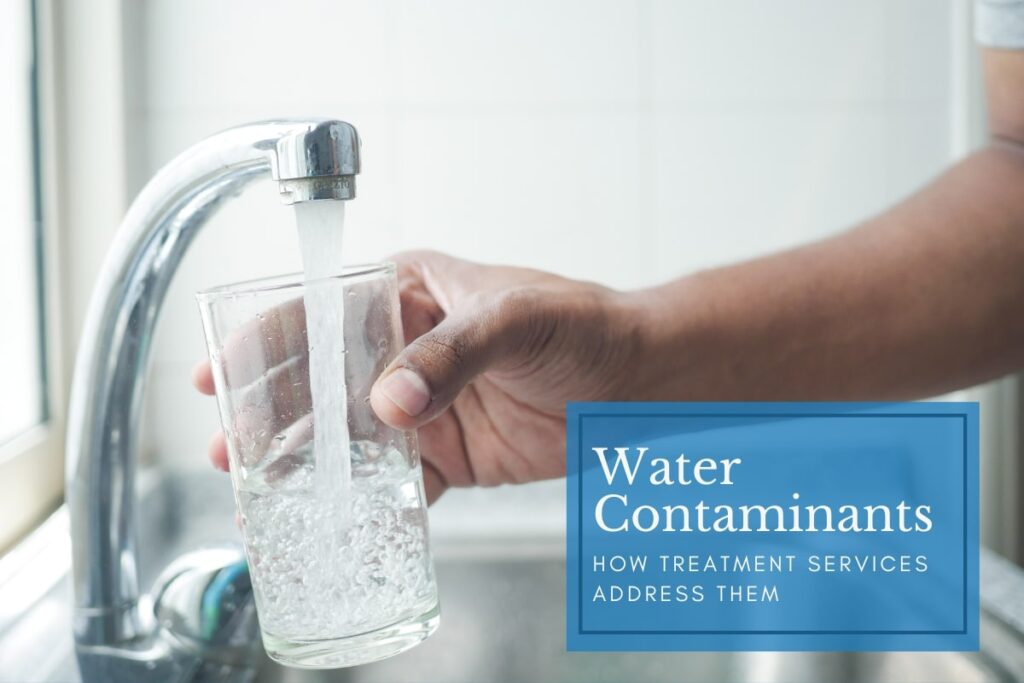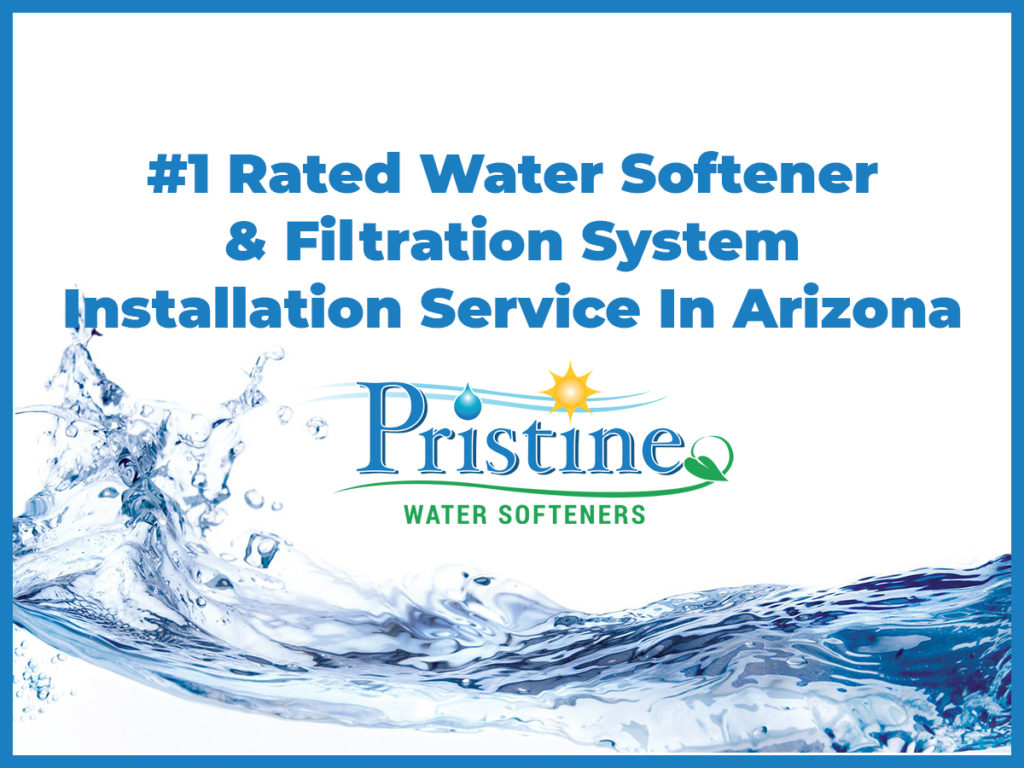Common Drinking Water Contaminants and How Treatment Services Address Them
Water is necessary to life; unfortunately, not all forms are equal. Your drinking, cooking, and bathing water may contain impurities threatening human health and the environment. Sources vary. See this blog post for an overview of common drinking water contaminants and ways water treatment services address them to maximize daily safety and drinking quality. What Are Drinking Water Contaminants? Drinking water contaminants are unwanted substances that can make water unsafe or unpalatable. Understanding how contaminants impact water and how best to address their impacts is integral to creating effective management plans for them. How do Water Treatment Services Help? Water treatment services are pivotal in ridding drinking water of contaminants and making it safe to consume or use. They adhere to safety standards in their work. Below, we explore common drinking water contaminants and how treatment services address each. Bacteria and Viruses The Dangers of Microbial Contaminants Bacterial Threats coli: Escherichia coli (E. coli), commonly called E. coli, can lead to severe digestive illnesses in humans and animals. Some strains, like E. coli O157:H7, produce toxins, which lead to symptoms including severe stomach cramps, bloody diarrhoea (usually), and vomiting – even kidney failure in some extreme cases involving young children or older adults. Salmonella: This bacteria is often associated with contaminated food and water. Salmonellosis, an infection marked by symptoms including fever, diarrhoea, and abdominal cramps, is particularly harmful to infants, seniors, and people with compromised immune systems. Viral Threats Hepatitis A: This virus can lead to liver infections, causing symptoms such as jaundice (yellowing of the skin and eyes), fatigue, abdominal pain, and nausea. It often spreads through consuming contaminated food or water. Norovirus: Known for causing stomach flu outbreaks, Norovirus is highly contagious. An outbreak can rapidly spread through densely populated settings like schools, nursing homes, or cruise ships. It may present with symptoms like vomiting, diarrhoea, nausea, and abdominal pain, all indicators that an outbreak has taken place. How Water Treatment Services Address Them Chlorination involves adding chlorine to water to kill bacteria and viruses. Chlorine can effectively control microorganisms because its cell wall disruptor properties cause cell death and kill off all organisms within their pathogenic envelope. It leads to their eventual demise and reduced outbreaks. The process is widely used due to its affordability and effectiveness. It also provides a residual disinfectant effect, protecting water as it travels through pipes to your home. UV Treatment: Ultraviolet (UV) light is used to disinfect water by exposing it to UV rays. High-energy light can effectively disrupt microorganism DNA, leaving them incapable of reproducing and eliminating them from existence. UV treatment offers several advantages; none involve adding chemicals to water supplies, thereby removing potential byproducts. Treatments for this illness have shown exceptional efficacy in clearing bacteria, viruses, and protozoa from the system. Ozonation: This method uses ozone gas (O3) to oxidize and destroy pathogens. Ozone gas is a highly potent oxidant that attacks bacteria and viruses to neutralize them and make them harmless, using an electrical field and passing oxygen through an oxygen generator to generate it. Once generated, this ozonated water sample can then be injected back into drinking water samples to eliminate many microorganisms found polluting drinking water systems; iron, manganese, and sulfur contamination removed as well without leaving residual chemicals that require further disposal by traditional means – in many instances without leaving residual waste for disposal purposes either! With proper handling/management techniques, ozonation can also remove residual chlorine gas emissions left after traditional cleaning systems have failed, or they might even eliminate those remaining after conventional systems have taken care of cleaning out residue chlorine gas emissions after conventional systems have done their work on them! An increasing amount of antibiotics are released into wastewater through different sources and ultimately find their way into wastewater treatment plants (WWTP). This research establishes the efficacy of next-generation sequencing (NGS) technology to characterize wastewater microbiota. Heavy Metals The Dangers of Heavy Metals Heavy metal exposure poses another significant health threat. Lead, mercury, and arsenic contamination of our food, water supply, air quality, and overall environment pose serious risks to human health. Even minor exposure over time could prove hazardous. Lead: Exposure to lead can cause neurological damage, particularly in children, leading to developmental delays and learning difficulties. Adults experiencing hormonal imbalance due to stress have increased risks for high blood pressure and kidney damage, further compounded by their inevitability. In addressing these issues, Mercury: Mercury exposure can affect the nervous system, leading to tremors, memory problems, and cognitive dysfunction. It is particularly harmful for pregnant women, harming fetal development. Arsenic: Long-term exposure to arsenic can cause skin lesions, cancer, cardiovascular diseases, and diabetes. Particles found in groundwater often pose a considerable public health threat and should be managed accordingly. How Water Treatment Services Address Them Water treatment services employ several methods to remove heavy metals from drinking water, ensuring it is safe for consumption. Reverse Osmosis (RO) is a highly effective water treatment system that removes heavy metals by forcing water through a semi-permeable membrane. The membrane blocks contaminants, including heavy metals, allowing only clean water. Heavy metal filters remove up to 99% of heavy metals from water sources, providing an exceptionally cost-efficient purification option. Activated Carbon Filters: These filters use activated carbon to absorb heavy metals from water. The carbon has a large surface area with numerous pores that trap contaminants. Activated carbon filters can be particularly helpful in eliminating organic compounds and chlorine and lowering heavy metal concentrations like lead and mercury. Ion Exchange: This process involves exchanging harmful metal ions in the water with less harmful ones. It passes water through a resin containing sodium or potassium ions. As water passes through the resin, heavy metal ions are attracted and held onto by it, while sodium or potassium ions escape into the environment through release into solution. This method successfully extracted lead, copper, and cadmium from the solutions. Home water treatment systems employing advanced treatment technologies can effectively remove heavy metals from drinking








